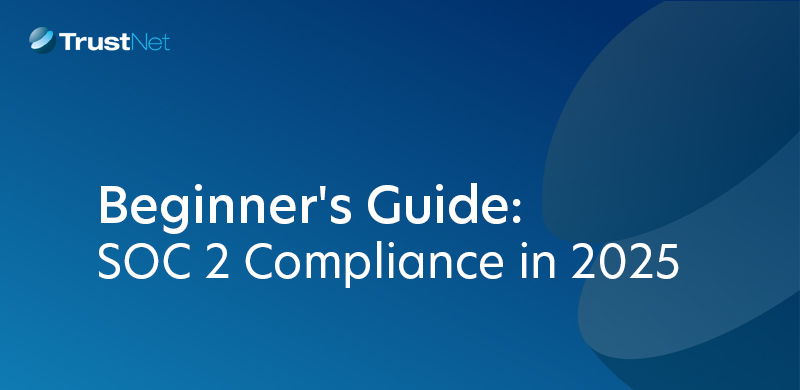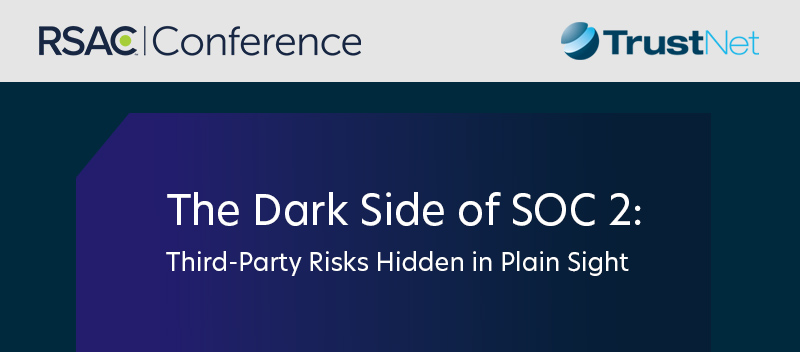Putting procedures in place to monitor for and detect threats is a critical component of any organization’s security infrastructure. However, these measures will amount to nothing if your company does not have a comprehensive cybersecurity incident response plan in place. Understanding all of the steps involved ensures that you will address the event quickly, neutralize its impact effectively and then act to prevent future breaches.
What should a Cybersecurity Incident Response Plan Accomplish?
Any good cyber incident response plan will clearly lay out all of the actions your company must take to predict, identify and react efficiently to significant data breach incidents. In order for that to occur, the incident response process should determine as accurately as possible the scope of any possible threats and your company’s inherent risk, a factor that is often partially determined by the industry in which you do business.
In addition, the plan needs to clearly enumerate a step-by-step methodology for performing the actions described. Last but not least, the cybersecurity incident response plan (csirp) must specify all of the communication issues that are involved when a threat is identified. Examples include detailing which stakeholders and partners will be notified, the nature of your response and any remaining concerns about future vulnerabilities.
Common Lapses in the Incident Response Procedure
If your cyber response process is riddled with gaps or lapses, all of your good work may fall short when a real crisis arises. Therefore, you should avoid the common shortfalls that occur with procedures of this type. For one thing, the document could be substandard: poorly written, outdated or not specific enough.
Furthermore, many cybersecurity incident response plans are crafted by an individual or team in one segment of a company without critical collaboration with other equally important stakeholders. Because of this insular focus, decision-making is impaired, and responses have a weak or narrow scope. Using a cyber incident response checklist is one of the best ways to codify best practices and ensure that all stakeholders throughout your company have a voice in the planning and implementation process.
In order to ensure that the specialized concerns that arise from your technology infrastructure are thoroughly addressed, you should also consider setting up a computer security incident response team (CSIRT). This group of specialists will be essential throughout all incident response phases, including production, implementation, ongoing evaluation and improvement.
What Should a Security Incident Response Plan Template Include?
There are several specific areas that any good incident response checklist should center on. Carefully completing all steps in the process can ensure that you are as prepared as you can possibly be should your company experience a breach. These components include the following:
- Identify your incident response methodology, communicating it to all stakeholders. In this stage, you are specifying the particular steps you would take in case of a breach, including containment (minimization and isolation of the incident), preservation (forensically analyzing all incident-related details for cause, impacts and intentions), eradication (removing infected files and hardware), recovery (restoring the system to normal) and follow-up (conducting post-mortem analysis).
- Specify all stakeholders responsible for security incident management. Include details about who has the authority to make decisions such as closing down systems or removing privileges.
- Understand and delegate roles and responsibilities. Who is accountable, and who provides the documentation?
- Include contact information for all primary and secondary stakeholders to minimize confusion if a crisis should occur.
- Plan scenarios that will be put into action during an incident. What processes will be used to protect and preserve data? What statistics and other information should be collected at that time? Be sure your communications protocols are clear to all, including what backup channels exist, if the information is encrypted and what will happen if your entire system goes down.
- Define exactly what an incident is and how team members will be able to learn about it and identify it. Everyone should be clear about what events need to happen in order for the incident response process steps to be initiated and what will happen when you start responding.
- Prioritize potential incidents. Once this is done, team members will be able to understand the severity of an event when it happens and follow the pre-established criteria that you have set for dealing with each priority level.
- Make an incident response plan flow chart that maps out which stakeholders will be involved at particular points in the response process. This may include IT, human resources, your legal team, law enforcement and even federal agencies.
- Determine which third-party entities such as insurance companies and security professionals you should notify if an event occurs, including updated contact information.
Although the incident handling process is complex and challenging, having a checklist such as this in place long before a breach occurs can be extremely helpful. In the end, it will save you untold stress, reduce confusion and leave you with the time and resources you need to deal with the immediate problem.
When hackers break into your system or your vital functions are brought down due to human error, pandemonium can result. That is not when you should scramble around desperately trying to figure out what should be done.
If you take the time to understand and plan for the incident response life cycle of your organization well in advance, you can keep damage to a minimum, reduce recovery time and mitigate financial loss. In an era when companies of all sizes are severely impacted by data breaches, you cannot afford to wait another day to build an information security incident response plan.




